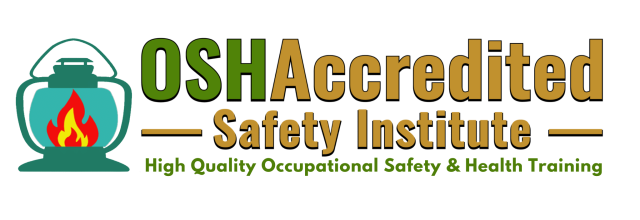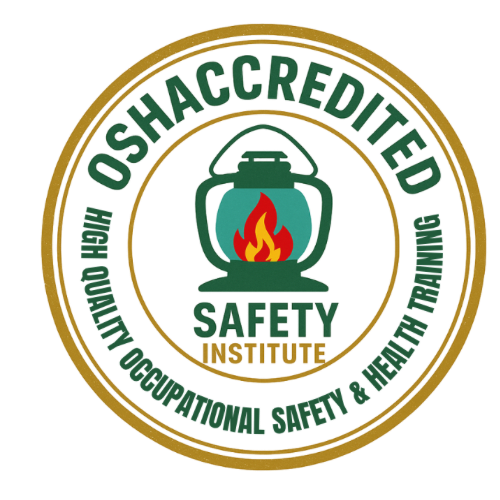OSHA Recordkeeping Requirements
January 21, 2025 2025-11-16 18:57OSHA Recordkeeping Requirements
OSHA Recordkeeping Requirements
Topics

Course Details
6
Modules
6
Hours
$25.95
Sectors
General Industry

Introduction
OSHA’s regulation under 29 CFR Part 1904, Subpart A, requires employers to record and report work-related fatalities, injuries, and illnesses that occur in their workplaces. Employers subject to these rules must document each recordable injury or illness on OSHA Form 300, the “Log of Work-Related Injuries and Illnesses,” or an equivalent form. In addition, employers must complete an OSHA Form 301, the “Injury and Illness Incident Report,” or its equivalent, which provides further details about each recorded case. At the end of each year, employers must summarize all injuries and illnesses on OSHA Form 300A, the “Summary of Work-Related Injuries and Illnesses,” and post this summary in a visible location within the workplace.
This course offers an excellent introduction to the requirements of 29 CFR 1904, focusing on the accurate recording and reporting of injuries and illnesses on the OSHA 300 Log and the OSHA 300A Summary. Special attention will be given to data entry, form maintenance, and the calculation of OSHA’s Days Away, Restricted, and Job Transfer (DART) Rates.

Course Description
This course provides a comprehensive introduction to the OSHA recordkeeping requirements outlined in 29 CFR 1904. Employers are mandated to record and report work-related fatalities, injuries, and illnesses. In this course, you’ll learn how to accurately document incidents on the OSHA 300 Log and summarize them on the OSHA 300-A Summary. Emphasis will be placed on proper data entry, form maintenance, and the calculation of OSHA’s Days Away, Restricted, and Job Transfer (DART) rates. This training is essential for ensuring compliance and understanding key reporting procedures.

Objectives
At the end of the OSHA recordkeeping training, participants should be able to:
- Identify the general criteria for recording work-related injuries and illnesses as outlined in the OSHA standards 29 CFR Part 1904, Subpart A, including conditions such as days away from work, restricted work, and medical treatment beyond first aid.
- Understand and apply the requirements for recording specific types of injuries such as needlestick injuries, occupational hearing loss, tuberculosis, and other significant injuries or illnesses as defined by OSHA.
- Differentiate between first aid and medical treatment to determine what constitutes a recordable injury or illness for OSHA 300 Log entry.
- Calculate the DART Rate and the Total Case Incident Rate (TCIR)
- Accurately complete the OSHA 300 Log, 300A, and 301 forms for work-related injuries and illnesses, ensuring compliance with OSHA reporting and documentation requirements.
- Explain the privacy considerations in OSHA recordkeeping, including when to protect employee confidentiality and when to use the “privacy case” option on the OSHA 300 Log.
- Understand the requirements for tracking and reporting injuries or illnesses that result in death, significant injuries, or medical removal as required by other OSHA standards.
- Navigate the process for maintaining and updating OSHA records, including how to handle corrections, updates to existing records, and the requirements for retaining records for the required five-year period.
These objectives will provide participants with the skills necessary to maintain accurate and compliant OSHA records, helping to ensure workplace safety and legal compliance.




